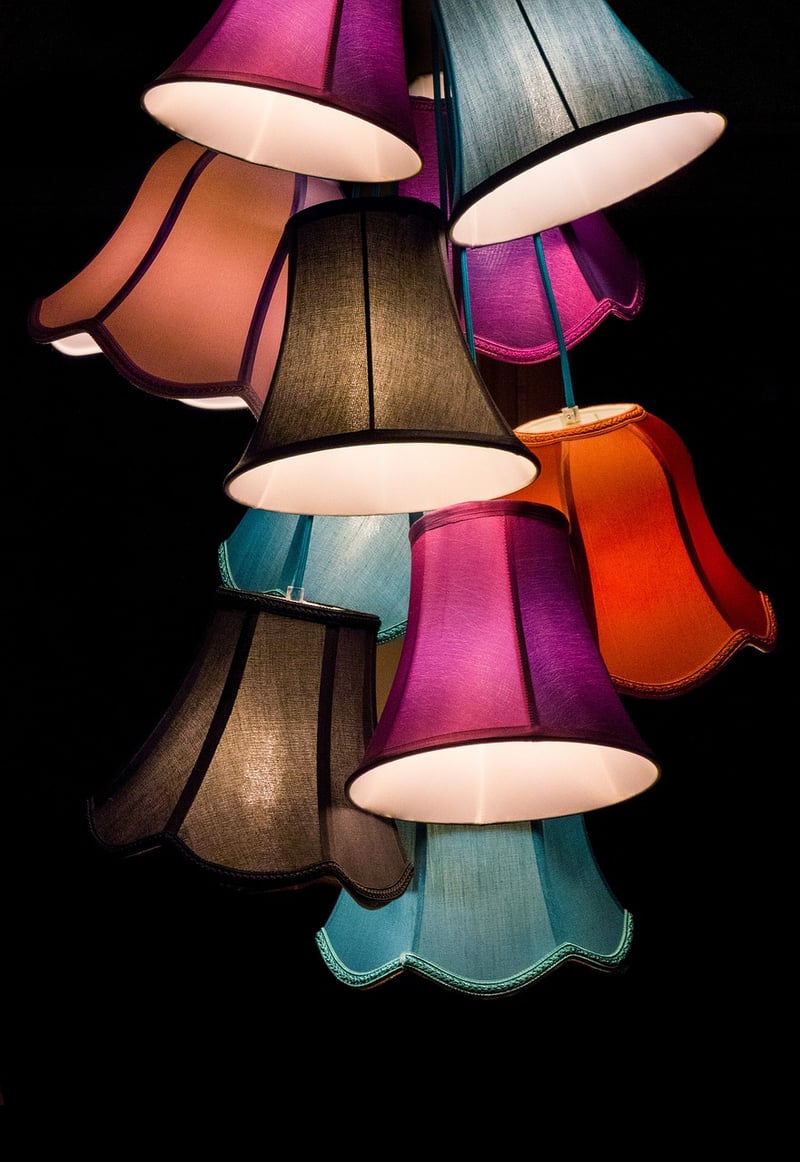Lighting requirements
Caring for Your Vertical Garden: Lighting Requirements
Vertical gardens are a fantastic way to bring greenery into small spaces and create a stunning visual impact. Proper care is essential to ensure your vertical garden thrives, and one crucial aspect is meeting the lighting requirements of the plants you choose. Read on to learn more about how to care for your vertical garden in terms of lighting.
Understanding Lighting Needs
Plants have varying lighting requirements, with some needing full sun, others partial shade, and some thriving in low light conditions. When setting up your vertical garden, consider the following:
- Full Sun: Plants that require full sun need at least 6-8 hours of direct sunlight per day. Examples include herbs like basil, rosemary, and thyme.
- Partial Shade: These plants thrive in 3-6 hours of sunlight daily. Ferns, begonias, and coleus are good choices for partial shade.
- Low Light: If your vertical garden is in a low-light area, opt for plants like pothos, spider plants, or peace lilies that can thrive with minimal sunlight.
Positioning Your Vertical Garden
Once you've determined the lighting needs of your plants, position your vertical garden accordingly:
- Place full sun plants on a south-facing wall or where they can receive ample sunlight throughout the day.
- Partial shade plants can be placed on walls that receive some direct sunlight but are shaded for part of the day.
- Low light plants are suitable for areas away from direct sunlight, such as indoors or in shaded outdoor spaces.
Supplementing Light
If your vertical garden doesn't receive adequate natural light, consider supplementing with artificial grow lights. LED grow lights are energy-efficient and can provide the specific light spectrum that plants need for photosynthesis.
Monitoring and Adjusting
Regularly monitor your vertical garden to ensure that the plants are thriving. If you notice signs of yellowing leaves, stunted growth, or leggy stems, it may indicate that the plants are not getting the right amount of light. Adjust the positioning or lighting accordingly to meet their needs.
By understanding the lighting requirements of your vertical garden plants and providing them with the necessary light, you can create a lush and vibrant green space that enhances your indoor or outdoor environment.

Remember, proper care, including meeting lighting needs, is key to the success of your vertical garden. Enjoy the beauty of nature in a vertical space!
For more tips on vertical gardening and plant care, check out our other articles.
